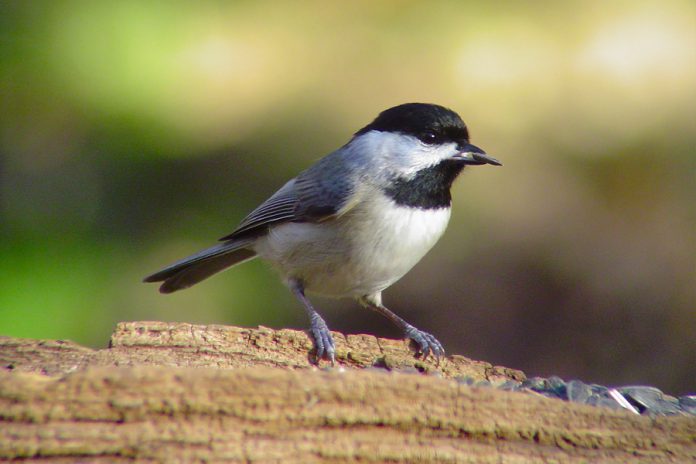
We all remember the winter of 2013-14. It wasn’t uncommon to wake up to temperatures well below -20°C, the snow seemed almost endless, and the ice storm that some parts of our region suffered through was devastating to forests.
Wildlife also suffered. With many food sources coated in ice during the late December ice storm, I noticed a dramatic increase in the number birds of visiting my feeders. I have a video on my phone showing a steady stream of more than a dozen chickadees flying back and forth. Cardinals, blue jays, doves, and finches were just a few of the many species that turned up, looking for a meal.
Feeding birds during the winter months not only allows you to enjoy their beauty up close, but it also helps them to survive the harsh weather. During bouts of extreme cold, birds must eat in order to stay alive, and finding a reliable source of food — like backyard bird feeders — is crucial to their survival.
If you choose to feed birds in your yard each winter, you can support bird research and conservation by becoming a citizen scientist and joining the Project FeederWatch program. By participating in the program, you’ll share information about which birds visit your feeders between November and April to help scientists at Bird Studies Canada and the Cornell Lab of Ornithology track changes in bird numbers and movements across North America.
Participating in the program is easy. All you need to do is bird watch. Just count the numbers and kinds of birds at your feeders, and enter the information on the Project FeederWatch website (or on printed forms). Last season, more than 3100 Canadians took part in this North America-wide program.
Why participate in the program? Each checklist submitted by feeder watchers helps scientists learn more about where birds are, how they are doing, and how to protect them. Participating in Project FeederWatch is a great way for families and friends to connect with nature, have fun, and help birds.
Project FeederWatch
You don’t need to be an expert birder to participate in the program — you’ll be provided with a poster of common birds and excellent online program resources. If you still need help, your answers are just a phone call or e-mail away with FeederWatch coordinators always willing to offer a helping hand.
Participants choose how much time to spend on the project. They select their own count period, and count for as little as 15 minutes (or as long as they wish) on count days. Sightings are entered online or reported on paper data forms.
The 2013-14 Project FeederWatch season may have been the coldest, snowiest season since the program began in 1987. Participants in many cities across Canada experienced frigid temperatures, harsh winds, and record snowfall last winter — and many reported fewer birds and less variety than in previous seasons.
Project FeederWatch results have helped scientists learn about changes in bird distribution and abundance over time, expansions and contractions in winter ranges, the spread of disease through bird populations, and the kinds of habitats and foods that attract birds.
Observations from a record number of participants last season helped scientists in the United States follow the changes in woodpecker and nuthatch populations in the Midwestern states where trees were infested with invasive emerald ash borer beetles.
“We need continued FeederWatch data on woodpecker and nuthatch populations throughout North America to better understand the long term consequences of this beetle invasion,” says Emma Greig, who heads up the program in the U.S.
“We also need renewed FeederWatcher effort to monitor the health of House Finches, which are susceptible to a disease that causes swelling around the eyes,” she continues. “Our participants will be asked to report whether they looked for the disease and whether they saw sick birds.”
Signing up for the program is easy. Simply visit the website of Bird Studies Canada at bsc-eoc.org and follow the links to sign up. Alternatively, phone 1-888-448-2473 to get involved. The cost to participate is a $35 donation, which helps to defray the cost of program materials and data analysis. Members of Bird Studies Canada can participate for free.


























